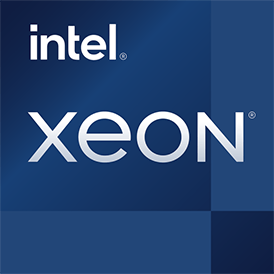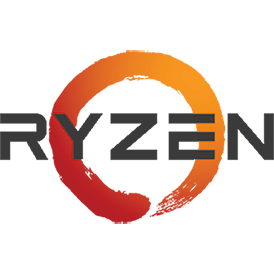Confronto tra scheda video KFA2 GeForce GTX 1660 Prodigy e scheda video EVGA GeForce GTX 960 SC Gaming per specifiche e benchmark. KFA2 GeForce GTX 1660 Prodigy funziona a 1.530 GHz velocità di clock di base e ha 6 GB di GDDR5 di memoria, mentre la scheda video EVGA GeForce GTX 960 SC Gaming funziona a 1.530 GHz velocità di clock di base e ha 2 GB di GDDR5 memoria. Il peso è diverso, -- rispetto a --. Il TDP della prima scheda video è 120 W e la seconda è 120 W . Confronta i risultati del benchmark per scoprire quale scheda video è migliore.


 Russian
Russian  English
English  Germany
Germany  Portuguese
Portuguese  French
French  Japan
Japan  Spanish
Spanish  Polish
Polish  Chinese
Chinese 








